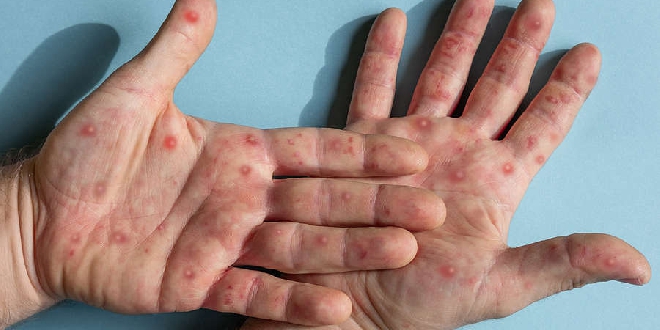
Contact tracing is underway after Western Australia recorded its first case of monkeypox.
WA Health says the person is a returned overseas traveller and is in isolation in Perth.
While the risk to the community is low, returned travellers are being urged to monitor for symptoms of the monkeypox virus.
The Communicable Disease Control Directorate’s Director Dr Paul Armstrong said returned travellers, particularly from areas with high numbers of monkeypox cases, should remain vigilant for symptoms.
“We are asking the community to continue to be vigilant and watch for signs of the virus,” Dr Armstrong said.
“Monkeypox is spread to humans through close contact with an infected person or animal, either by direct contact with open lesions or prolonged face to face contact, or with material contaminated with the virus.
“A person with monkeypox can transmit the infection to other people through skin lesions, body fluids, respiratory droplets and contaminated materials such as bedding.
“The initial symptoms of the illness may include flu-like symptoms such as fever or headache. A rash typically develops that appears as bumps, pimples or sores, and develops into fluid-filled lesions, pustules or ulcers. The rash can be widespread or localised to one area.
“While the current overseas outbreak has disproportionately impacted men who have sex with men, anyone who has had close contact with a person with monkeypox is advised to self-monitor for symptoms.
“People who develop symptoms of monkeypox should isolate, wear a mask and contact their GP or a sexual health clinic, who can advise about testing for monkeypox.”
A total of 53 cases of monkeypox have been recorded in Australia as of August 2.
The infection usually causes a mild illness and most people recover within two to four weeks, however some people such as infants and immunosuppressed people, can be at higher risk of severe disease.



 Stolen Ford Mustang linked to southern suburbs incidents
Stolen Ford Mustang linked to southern suburbs incidents
 Baldivis: Truck fire forces closure of Kwinana Freeway
Baldivis: Truck fire forces closure of Kwinana Freeway
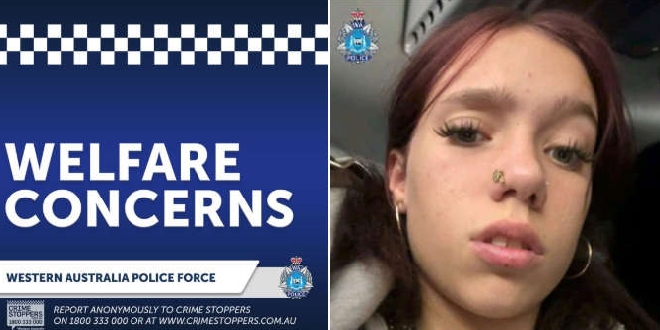 Concerns for missing Baldivis girl
Concerns for missing Baldivis girl
 MARC leisure pool, pirate playground to close for several weeks due to maintenance works
MARC leisure pool, pirate playground to close for several weeks due to maintenance works
 Petition launched to change new Eastern Foreshore playground due to safety concerns
Petition launched to change new Eastern Foreshore playground due to safety concerns
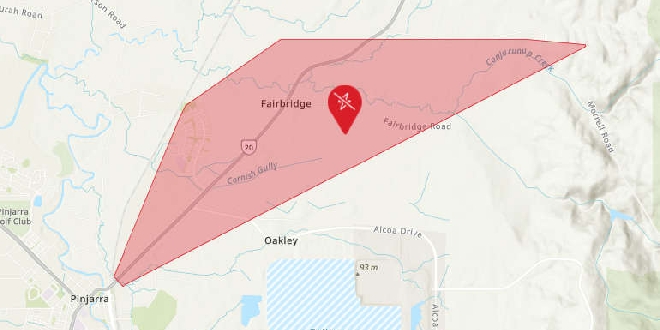 Parts of Pinjarra, Fairbridge without power
Parts of Pinjarra, Fairbridge without power
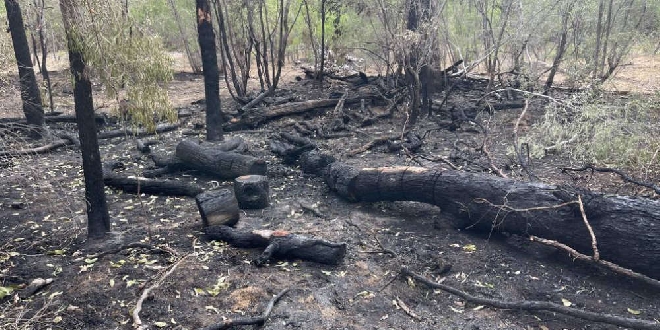 Bouvard scrub fire deemed suspicious
Bouvard scrub fire deemed suspicious
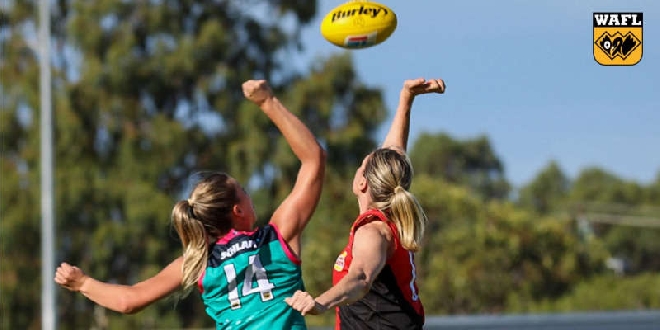 Peel Thunder crush Perth in WAFLW season opener
Peel Thunder crush Perth in WAFLW season opener
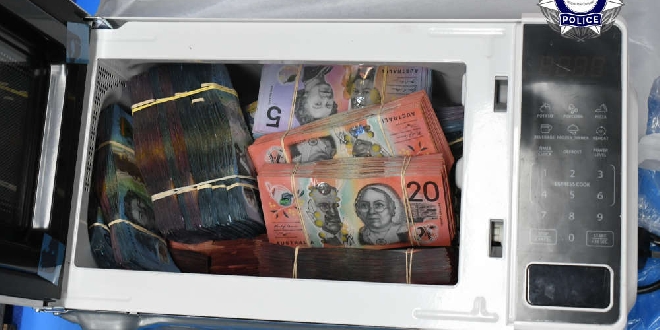 Baldivis man charged after AFP seize haul of cigarettes, vapes, $2.6M cash
Baldivis man charged after AFP seize haul of cigarettes, vapes, $2.6M cash